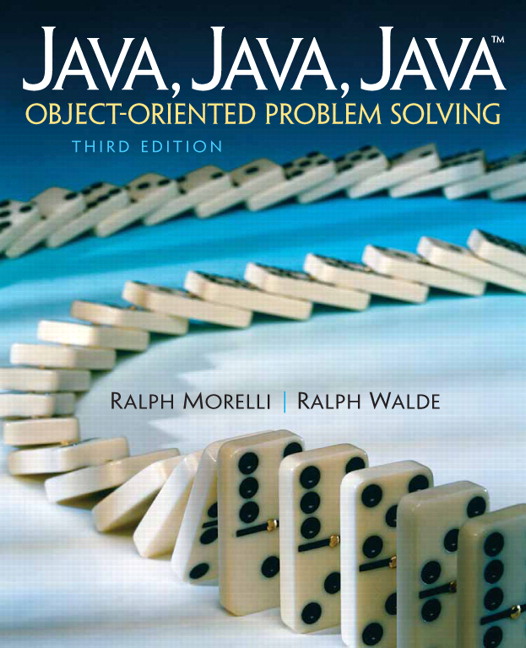Section 5.3 Special Topic: Are We Computers?
George Boole published his seminal work, An Investigation of the Laws of Thought, in 1854. His achievement was in developing an algebra for logic—that is, a purely abstract and symbolic system for representing the laws of logic. Boole’s was not the first attempt to explore the relationship between the human mind and an abstract system of computation. Back in 1655, Thomas Hobbes had already claimed that all thought was computation.
It is estimated that the human brain contains (\(10^{12}\) \(=\) \(10{,}000{,}000{,}000{,}000\)) neurons, and each neuron contains something like 10,000 dendrites, the fibers that connect one neuron to another. Together, the neurons and dendrites make up a web of enormous complexity. Since the 1840s it has been known that the brain is primarily electrical, and by the 1940s scientists had developed a pretty good model of the electrical interactions among neurons. According to this model, neurons emit short bursts of electricity along their axons, which function like output wires. The bursts leap over the gap separating axons and dendrites, which function like the neurons’ input wires.
In 1943, just before the first digital computers were developed, Warren McCulloch, a neurophysiologist, and Walter Pitts, a mathematician, published a paper titled, “A Logical Calculus of the Ideas Imminent in Nervous Activity.” In this paper, they showed that all of the boolean operators—AND, OR, NOT, and EXCLUSIVE-OR—could be represented by the behavior of small sets of neurons. For example, they showed that three neurons could be connected together in such a way that the third neuron fired if and only if both of the other two neurons fired. This is exactly analogous to the definition of the boolean AND operator.
A few years later, when the first computers were built, many scientists and philosophers were struck by the similarity between the logic elements that made up the computer’s circuits and the neuronal models that McCulloch and Pitts had developed.
The area of neural networks is a branch of artificial intelligence (one of the applied areas of computer science) and is based on this insight by McCulloch and Pitts. Researchers in this exciting and rapidly advancing field develop neural network models of various kinds of human thinking and perception.
You have attempted of activities on this page.

